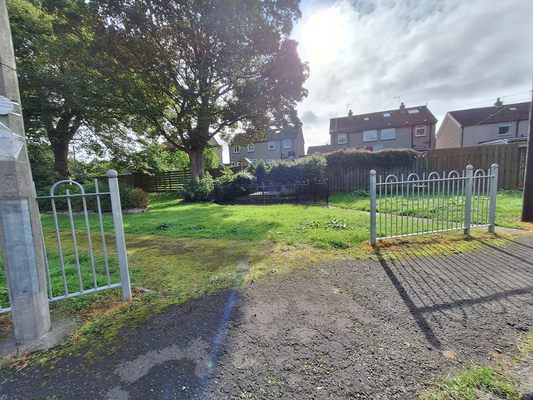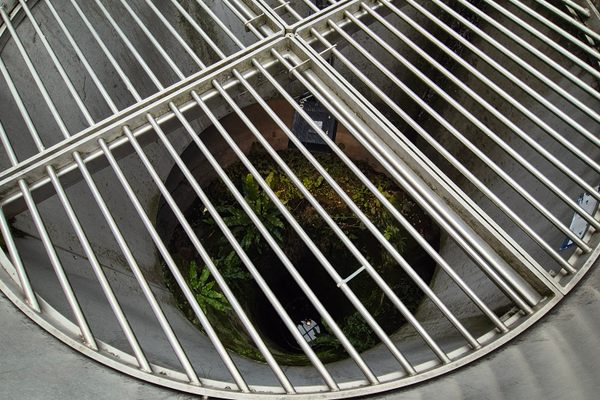About
Corstorphine is a small suburb that lies just west of Edinburgh's city center, an area famous for the Edinburgh Zoo. Corstorphine was a small village founded sometime in the 15th century and would eventually be incorporated into the city proper in 1920. Many centuries-old structures still dot the suburb, including the 16th-century Dower House, the 15th-century Old Parish Church, a former castle's dovecot, as well as the Corstorphine Physic Well.
According to legend, the well's waters were believed to have healing properties. Before the Reformation, the well was dedicated to the Virgin Mary and known as the Well of Our Lady.
In the 18th century, the well became such a popular attraction that more than half a dozen coaches would arrive every day from the city, filled with passengers eager to take the curing waters. Nearby houses were even converted into hotels to meet the demand. This medical pilgrimage would eventually die out later in the century. Physic refers to either the object of medicinal drugs or the act of administrating them.
There is a plaque on the well, it reads: "Much prized in the Eighteenth Century for its medicinal waters this well was on the south side of the Stank Burn & some 40 yards east of this spot where its wellhead was rebuilt in 1972 when the burn was culverted."
The well was relocated, as the plaque notes, due to drainage issues since this area was originally marshland. A large stone covers the well and a large black metal fence surrounds it. Today, the well serves as a reminder of a bygone medicinal cure.
Related Tags
Know Before You Go
The well is free and accessible throughout daylight hours. The well is on a self-guided tour that takes a visitor on a trail of buildings and localities that showcase the historical and cultural highlights of this small community. There are signposts and placards dotted along, as well as the Heritage Center located at the Dower House in St. Margaret's Park.
Published
December 19, 2023








































